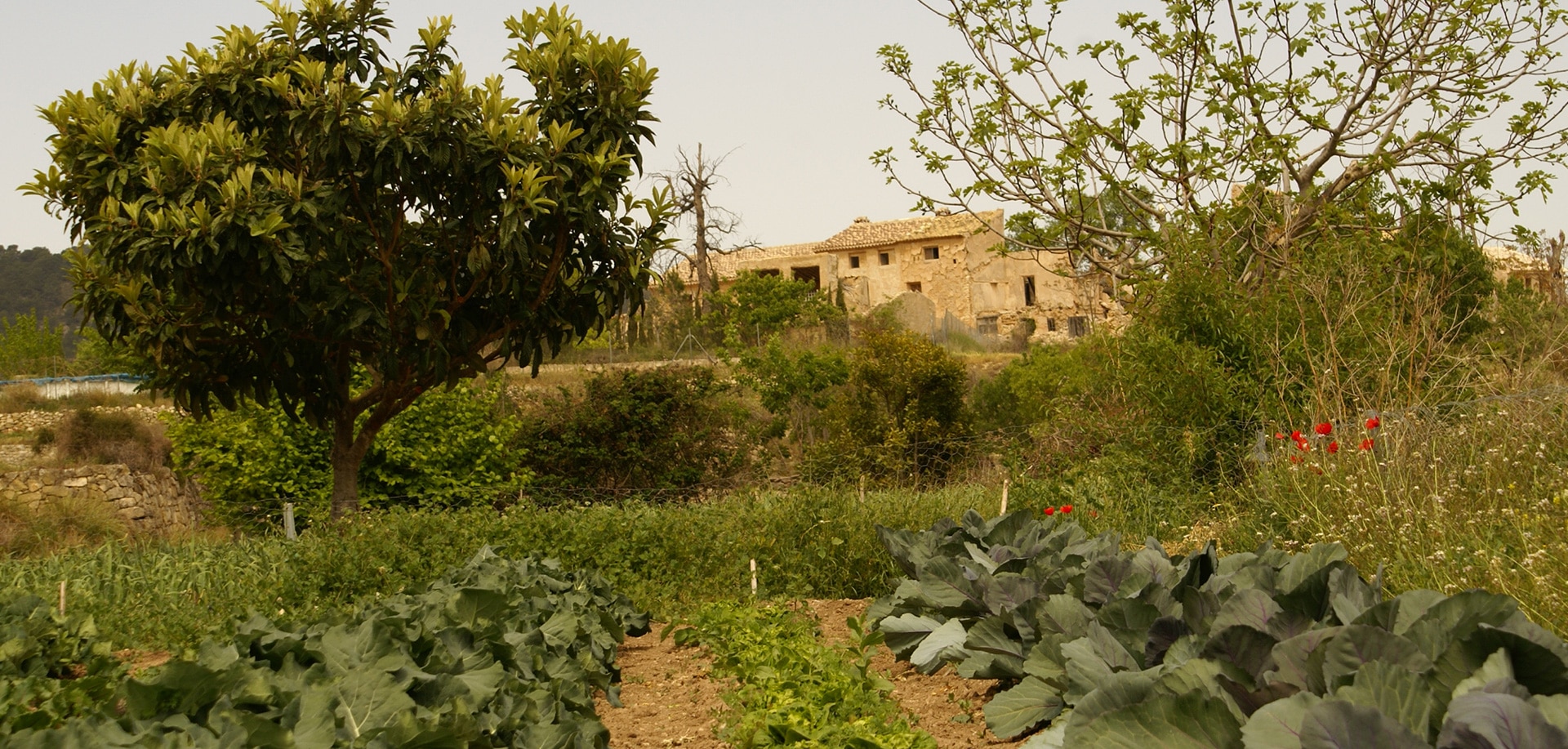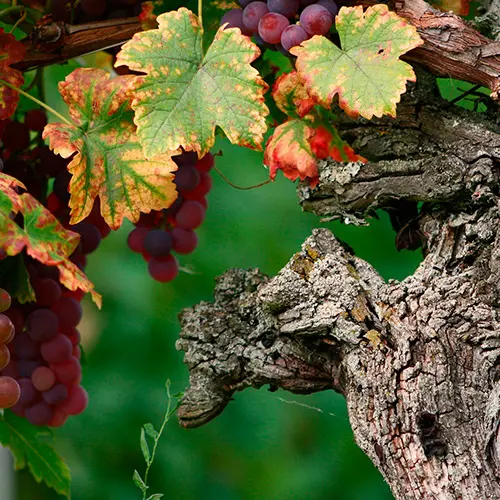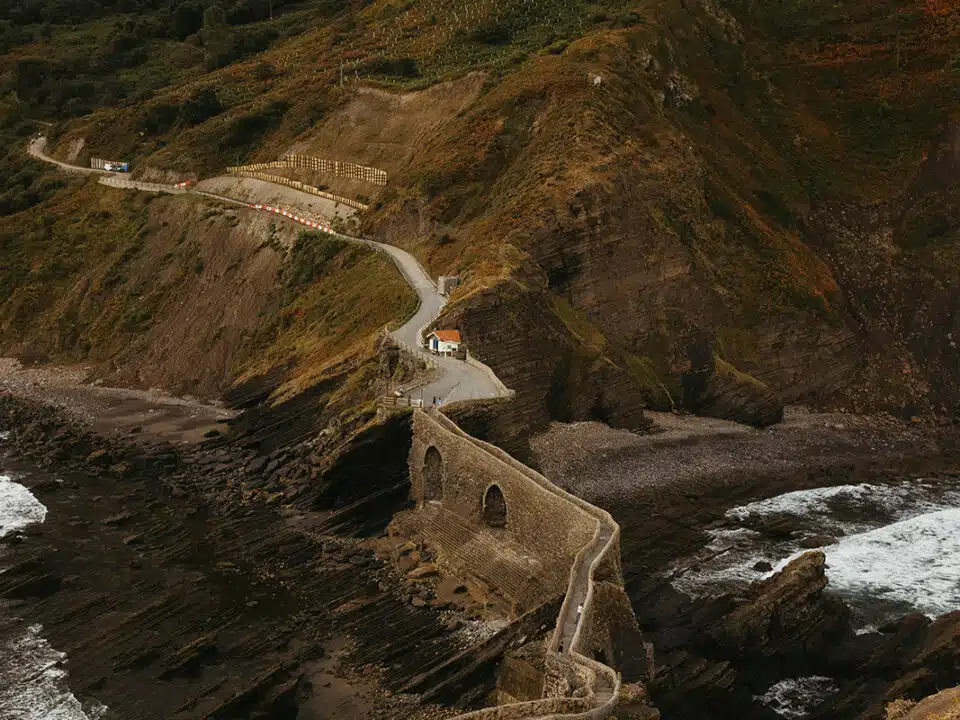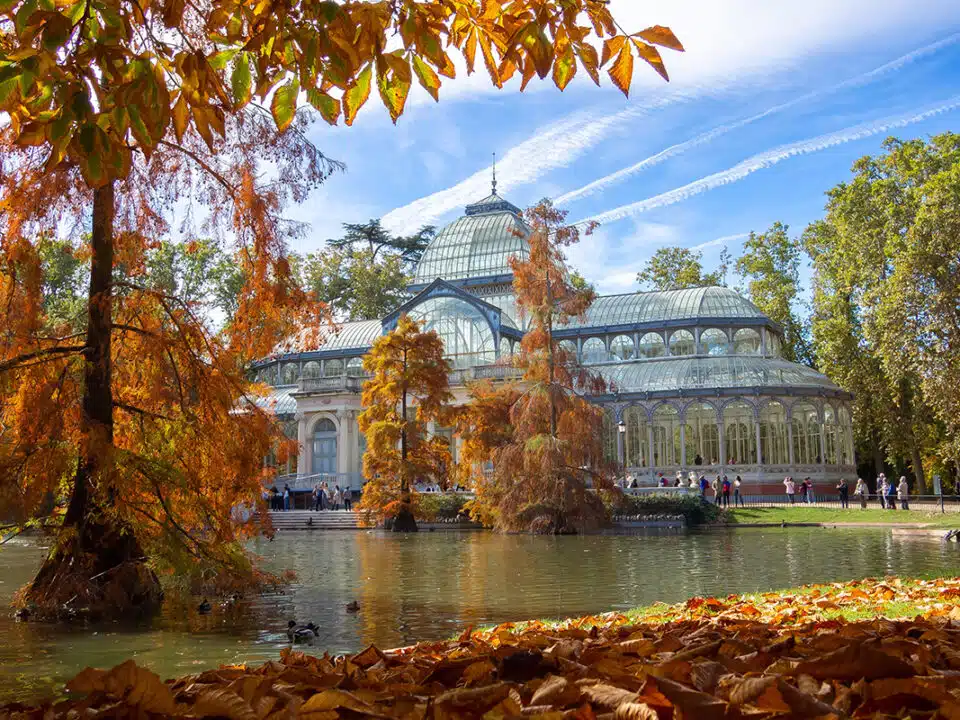
Beyond wine tasting: the grape-harvesting experience
These weeks one of the most relevant moments for wineries, the harvest, takes place. This arduous and artisanal process should be experienced by every wine lover. We tell you our experience in a very special Spanish winery.
The beginning of the harvest as highlight to a whole year’s work.
Unlike in some other places, in Spain the harvest season can start already in August, for early-ripening grape, and extend up to October. This task is supervised by the ethnologist, the man whose job is, among other things, to establish when to best begin harvesting. This is no job for aleatory decisions or feelings-based ones, but for a scientifically-based study to identify the optimum start-date of the harvest based on the ripeness of the grape and the percentage ratios between sweetness (which determines the degree of alcoholic content) and acidity (which determines the conservation period once the grape is harvested).
Wine-making is not a single point in the calendar, neither is constrained to harvesting. Behind a proper wine there is a long, year-round, process. Throughout the winter it is resting-time for vine-growth, yet the work continues with their pruning and the manuring of the fields. Soon the pruned vines, leafless as they are, will grow shoots anew.
The new vineshoots will appear (always depending upon the geography) not before April and will need the utmost care and dedication. The previous pruning and conditioning of the vines will be crucial in the future proper growth of the shoots.
Around June the moment comes for the vine-flowers to be fertilized. Up to that point tasks have followed one another, the most important of all being “green pruning”, a process by which non-suitable shoots are snipped off, especially if they are among the last ones to appear, so that they do not lower the overall quality of the harvest.
During the next few months the main task of vinegrowers will be to control vine-growth and to get it ready for harvesting, guaranteeing that the grapes fulfill all stages required in proper development, and to make sure that personnel outside and inside the wine-cellars are ready to show their craft with this year’s harvest.

An experience to share and learn.
We recently spent a few days in a small inland town of Alicante where an eco-friendly winery is to be found. This winery, over a hundred year’s old and refurbished by its own founders, is the place where we will enjoy such a peculiar task.

We wake up early because the harvesting process should not be done with either humidity or extreme heat (both things which would diminish the quality of the precious fruit). Guided by the owner and the winery’s ethnologist we will undergo this singular task treating every bunch of grapes with due care, picking up the best ones while listening attentively to the secrets of the fields, the mysteries of the climate, the treatment of the stocks, the work done by human hands and the oddities and anecdotes around this small eco-friendly winery.
After the harvesting experience a tableful of local products awaits us at the entrance of the estate wit the humble “gachamiga” (a flour-dough cooked with oil, salt and garlic) typical of this area in Alicante and which surprises us with its outstanding flavour. What is its secret? The master cooker has been 2 hours working the dough in a big pan. The combination of hunger, out of a morning’s work, and the accompanying wines from yesteryears made of this dish a most pleasurable, and a hard to explain, experience.



Awaiting us to top off the day was the treading of the grapes and the posterior tasting of the must which will soon become the ecological wine. A perfect anti-stress therapy, to be undergone with family or friends, adding value to tradition and artisanal work while enjoying the pleasure of discovering the answer to “how is it made?”.
If you do not plan to go through Alicante there is no problem, we can show you other superb wineries.







